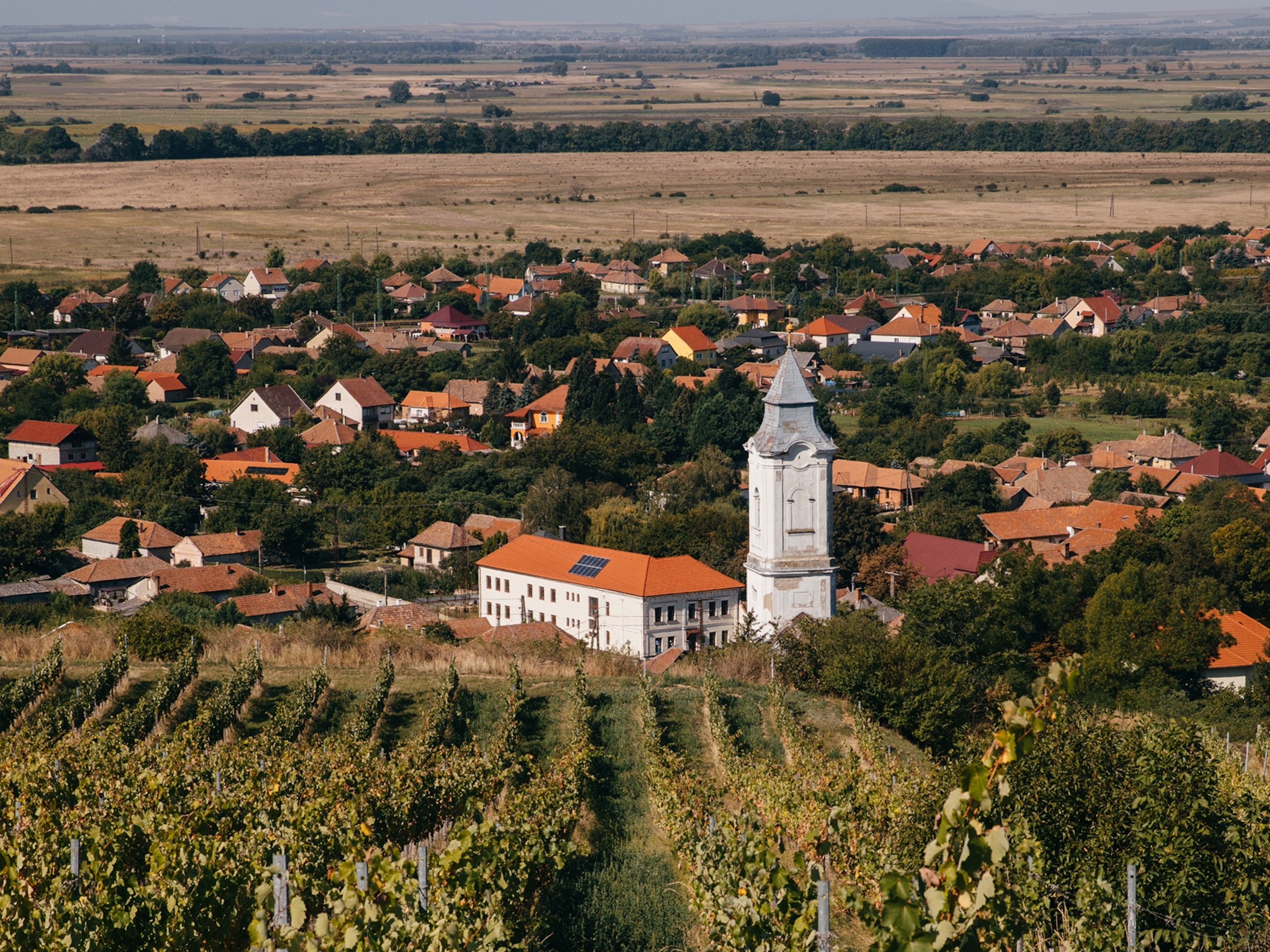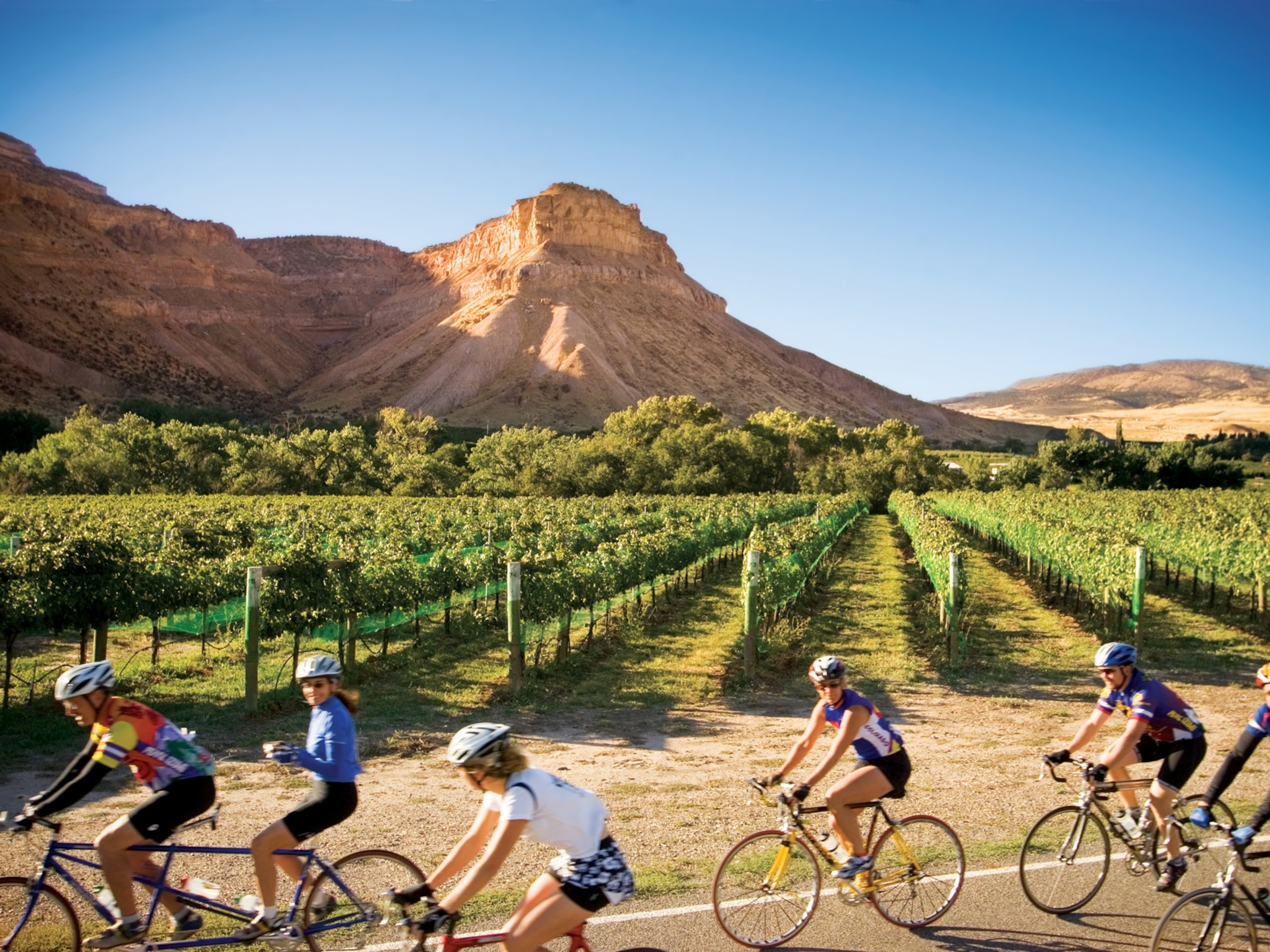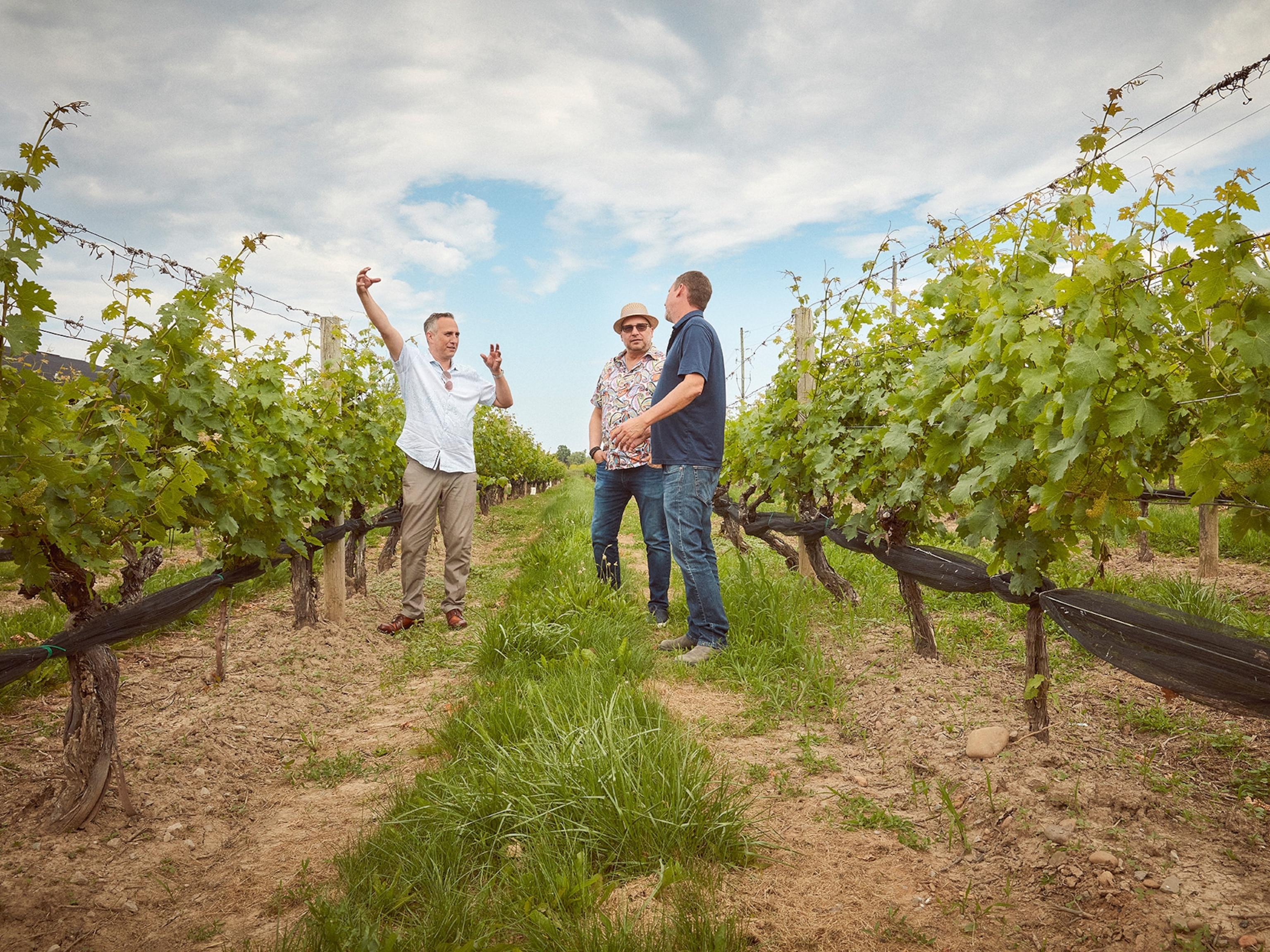Hungary: a landlocked country full of water
Stephen Alvarez explores Hungary’s rich landscape and culture.
Water runs through life in Hungary like no other place I have seen. In Budapest, the Danube River is an artery of the city, crossed by bridges and carrying barges and boats. Lake Balaton is the country’s own inland sea, where Hungarians head in droves for relaxation and fun. Moisture contributes to the wines of Tokaj through the unique microclimate brought on by the confluence of the Tisza and Bodrog Rivers. All over the country thermal water bursts forth, and spa culture celebrates its intrinsic healing power. Water even plays a role in the history of the 11th-century Füzér Castle in northeastern Hungary. Perhaps water is so important because Hungary is landlocked. Whatever the reason, it is essential to Hungarian culture and lifestyle.
I’ve always thought that Budapest is one of Europe’s loveliest cities, with architectural beauties like the neo-Gothic Parliament, the grand Buda Castle, and the sweeping Széchenyi Chain Bridge. Especially stunning is the view from the Fisherman’s Bastion at dawn, while the city still sleeps off its notorious nightlife and is calm and quiet. Even the Danube seems to slow, and it is easy to understand why Budapest has been the inspiration for Hungarian art and culture for centuries.
Head out of the city, and there’s no place that epitomizes how much Hungarians love water more than Lake Balaton, central Europe’s largest lake. Its 147 miles of shoreline are surrounded by hills and vineyards, and world-class sailboats race on its waters. I went sailing with Dóra Solymos, who has been on this lake since she was a child and is clearly in love with the water. What does Balaton mean to her? “Well, water is life,” she told me. She tried living in Budapest but always gravitated back to Balaton. Now her days are spent teaching people to sail and telling them about the lake.
- National Geographic Expeditions
If water is life in Hungary, then wine is blood, and the Tokaj region has been renowned for its sweet golden-colored Tokaji Aszú wine for centuries. Driving into Tokaj, vineyards stretch to the horizon. Tokaji Aszú is only made in good years, when humidity comes from the meeting of the Bodrog and Tisza Rivers and the autumn morning dew mixes with drying breezes so the grapes can develop botrytis, or “noble rot.” This is the secret to the rich aszú blend, and is what shrivels the grapes and concentrates their sugars and flavors.
Spa culture has always run deep in Hungary, and the abundance of thermal waters is one of the country’s great natural wonders. Thermal baths are considered a national treasure, and people have been enjoying them for more than 2,000 years. There are currently more than 400 baths throughout the nation, and Lake Hévíz, one of Hungary’s first known spas, remains an iconic example. On peaceful mornings when the sun rises over the lake, the warm water and cool air blend into gently swirling mist, making it easy to drift back in time and see why people have been coming here for so long.
When a child draws a castle it inevitably resembles the almost mythical Füzér Castle, which is built around a deep well of water to protect it from siege. It has stood over the mountains here since the 13th century. The history this place has seen is unimaginable: successions of rulers, wars, the Mongol invasion, and over 800 vineyard harvests. It’s a shining white bastion in a sea of green mountains, a peaceful remainder of history. Deep grooves line the sides of the well from centuries of Hungarians drawing water in this fairy-tale castle. For generations in Hungary, water has been life.





